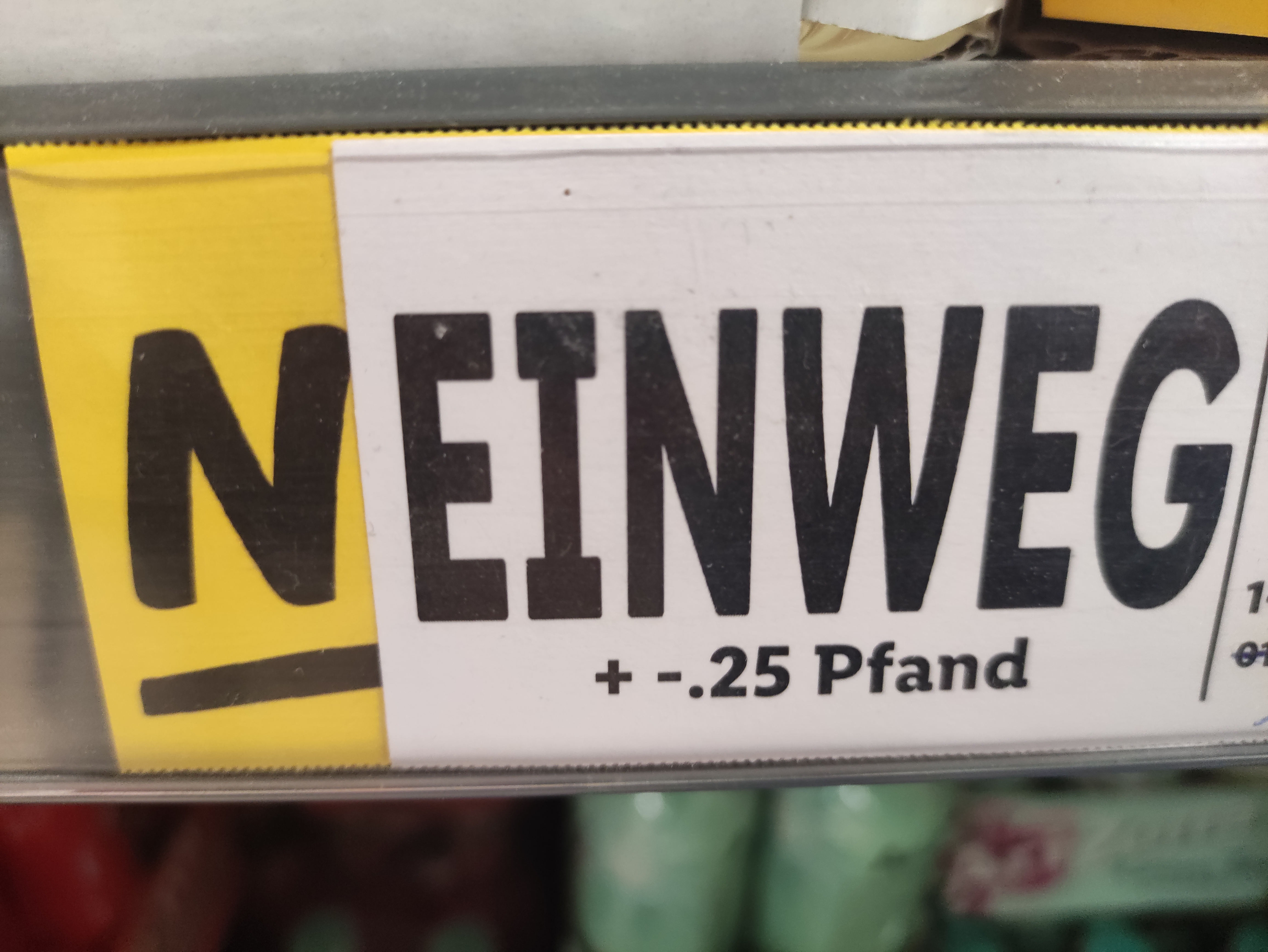AI
Always Indian
Just use whatever Temu uses.
Temu packagers could fit a whole factory in the boxes Amazon uses to ship my deodorant
Note that “optimizing” Amazon package can’t possibly be a very high bar to clear. Just being smart enough to package multiple items coming from the same distribution center on the same delivery route into the same box would do it… Something that other online retailers figured out decades ago but apparently somehow Amazon still hasn’t.
Bruh did you read the article at all? Nothing you talked about has anything to do with what this AI is for.
Yes, I did. And what it talks about actually ignores my complaint, which is why I file their claim about “avoid more than 2 millions tons of packaging material worldwide” in the bogus column.
Their system obviously does not take into account multi-item orders at all, and seems to operate purely on a one-product, one-package model. Which is stupid. They’re not trying to avoid landfill waste, they’re trying to minimize returns due to breakages but without putting any human intervention into the process.
This seems like it has pretty powerful potential for space flight.
Being able to aggressively min max packaging materials to secure materials could be critical for reducing payload sizes on shuttles, where every single individual gram counts.
Each kg of packaging is thousands of dollars to get into orbit, so that’s really appealing.
I’d be curious to see if Amazon is also working on box packing algorithms for maximizing fitting n parcels across x delivery trucks.
IE if you have 10,00 boxes to move, what’s the fewest delivery trucks you can fit those boxes into as fast as possible too, which introduces multiple complex concepts. Both packing to maximize space usage and the order you pack it in to minimize armature travel time…
I’d put money down amazon is perfecting this algorithm right now, and has been for awhile.
This is already worked in through mathematics, it is its own mathematical field. We can optimize packaging through formulas that are very fast and accurate. No need to train a AI for that. Especially not for space flight, AI are prone to hallucinations that is not something you want anywhere near any space mission that requires precision and predictability. I believe Johannes Kepler started this field in the 1600s, it is not something new. It is definitely a complex problem, but not new and not unheard of. Amazon is not exactly inventing something new and amazing here…
Amazon probably does have some programmatic way of determining how much to fit in a truck, but that’s not what this is. Instead, it’s them trying to cheap out on packaging materials in the dumbest way possible, by figuring out what the reasonably acceptable minimum threshold is for packaging durability but not taking into account size or packing multiples of items at all (as far as I can tell).
This is a pure cost cutting measure on their part. Anything else is just a tangential side benefit.
So this is good to reduce packaging waste and probably fitting more packages on trucks/planes, reducing emissions I am guessing. But how much power does running it cost and how is the power being generated? Is it a net loss for their global emission, or is it just making Amazon save money? I’m still pretty dumb at this stuff
Whew, why not let human do this ?






